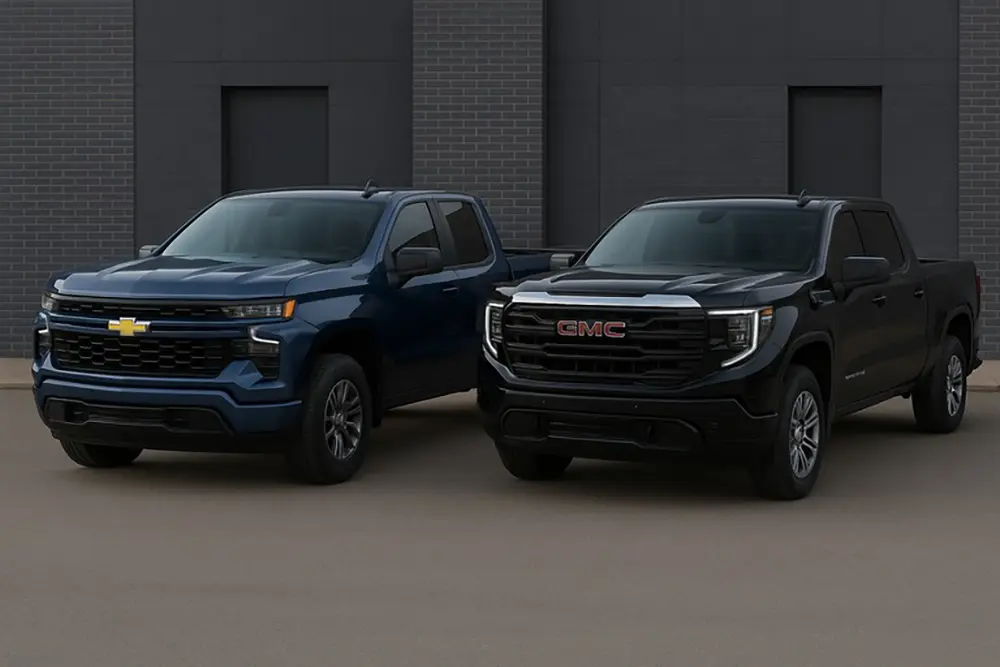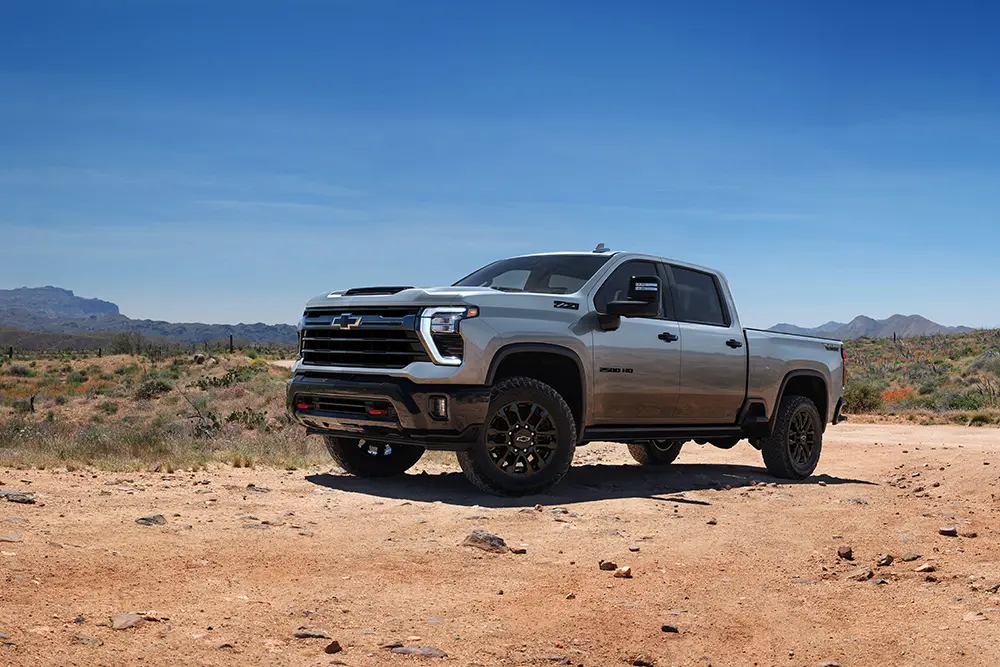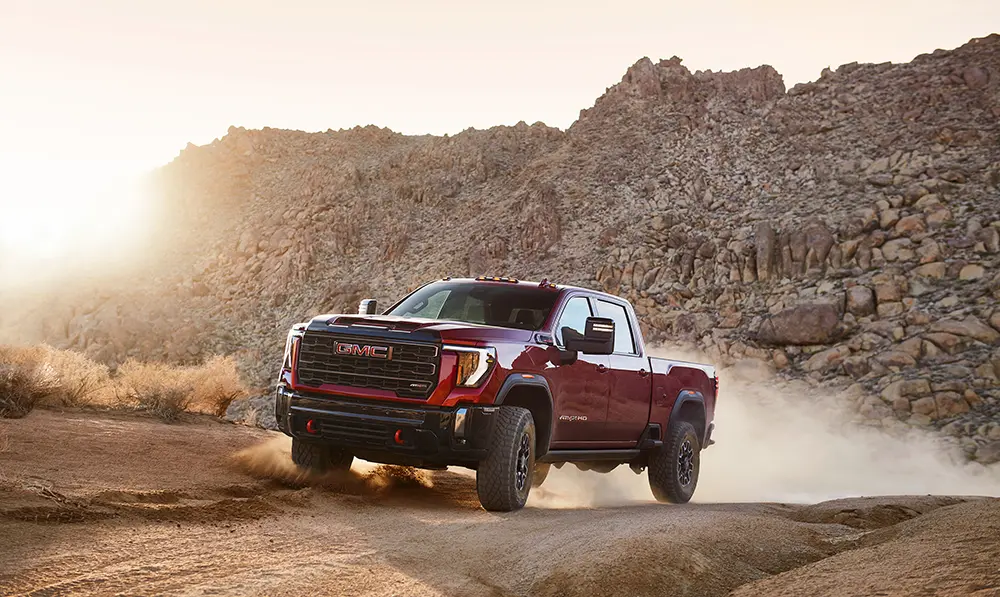 Sky Coleman
.
October 02, 2025
.
HEADLINE
.
Sky Coleman
.
October 02, 2025
.
HEADLINE
.

GMC and Chevrolet (Chevy) are two of America’s most recognizable automotive brands, both operating under the General Motors (GM) umbrella. At first glance, their trucks and SUVs look nearly identical — same engines, similar shapes, and shared parts. But beneath the sheet metal, they serve two different audiences and deliver distinct ownership experiences.
In this guide, we’ll explore the key differences between GMC and Chevy, including their history, lineup, pricing, and target buyers, to help you decide which brand suits your needs.

Both brands were founded in 1911, but with different goals.
Chevy officially joined General Motors in 1918, while GMC was fully integrated later, in 1943. Over time, GMC evolved into GM’s premium truck and SUV brand, while Chevrolet continued to represent value and versatility for everyday drivers.
Both GMC and Chevrolet share the same engineering foundation — engines, transmissions, and chassis are often identical. But the brands differ in design, materials, and market positioning.
| Category | Chevrolet | GMC |
|---|---|---|
| Positioning | Practical, value-driven | Premium, luxury-focused |
| Design | Sporty, bold styling | Refined, professional look |
| Interior | Functional and durable | Higher-grade materials, quieter cabin |
| Trim Levels | Broader range for all budgets | Fewer but more upscale trims |
| Starting Price | Lower | Higher |
| Audience | Everyday and fleet buyers | Luxury, off-road, and performance buyers |
Essentially, a base-level GMC often feels like a mid-tier Chevy, and the Denali trim of a GMC competes with high-end models like Chevy’s High Country.

GMC trucks generally start a few thousand dollars higher than their Chevrolet counterparts. The premium price reflects:
According to market data, over 80 percent of GMC Sierra sales come from high-end trims such as Denali and AT4. In contrast, Chevrolet sells more base and mid-level trims to fleet and everyday buyers.
Mechanically, both brands offer comparable performance – same engines, towing capacity, and durability. The difference lies in refinement and ride quality.
Both brands have earned strong reliability scores in recent years, making the choice largely about comfort and style preference, not mechanical durability.
If you prioritize style, technology, and quiet refinement, GMC is the clear winner. But if you want reliability, more trim options, and a better entry price, Chevy remains a great choice.
At the end of the day, Chevy and GMC are two sides of the same coin – both built by GM, both powerful and reliable, but aimed at different buyers. Chevy represents value and versatility, while GMC delivers refinement and prestige.
Whether you’re looking for a rugged workhorse or a luxurious hauler, understanding the difference between GMC and Chevrolet will help you choose the truck or SUV that best fits your lifestyle.
GMC focuses on luxury and premium trims, while Chevy prioritizes value. Neither is universally “better”—it depends on needs.
Both are divisions under General Motors but operate as separate brands.
GMC typically costs $5,000–$10,000 more than similar Chevy models.
Yes, many trucks and SUVs share engines, chassis, and platforms, but trims and features differ.
The Sierra emphasizes luxury, advanced tech, and high-end trims like Denali; Silverado focuses on affordability and performance.
Premium materials, upscale trims, luxury-focused features, and brand positioning account for the price difference.
Share Link